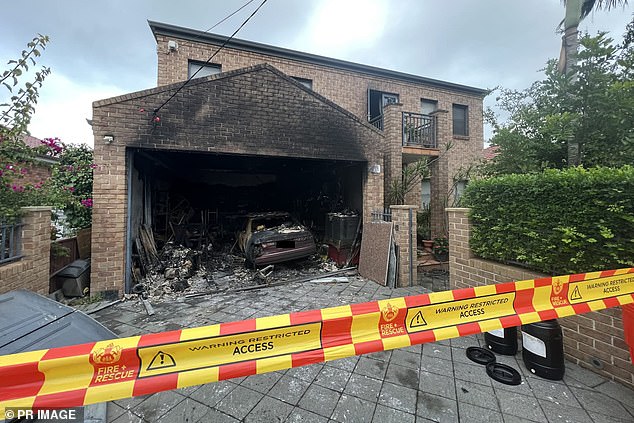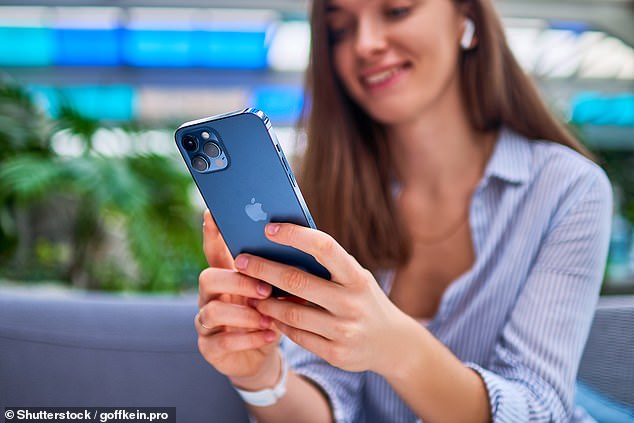Why Aussies Are Charging Their Phones Wrong — And It Could Be Risking Your Life
- Cellphones are contributing to an upsurge in the number of home fires.
- Certain individuals are plugging in their devices to charge on their beds.
- READ MORE: Phone power bank catches fire in worker's pocket
A leading Australian insurance company has asserted that mobile phones are resulting in more home fires because of improper charging techniques.
Allianz Australia stated that an examination of claim statistics revealed mobile devices now accounted for more incidents involving lithium battery fires compared to bigger items such as laptops and tablets. e-bikes and e-scooters.
Hundreds of fires occur nationwide annually due to lithium-ion batteries, according to Allianz, which reported receiving $16.1 million in claims related to such incidents over the past year.
Even though the risks associated with bigger gadgets are becoming more widely recognized, the insurer noted that many individuals remain oblivious to the fact that compact devices such as smartphones can also be hazardous when not charged properly. Many folks tend to overlook this danger and do not take adequate precautions regarding their safe usage.
It’s a misconception that not owning one makes a difference. e-scooter there's no need to fret, Chris Wood , the Emerging Risk Manager at Allianz, told The Daily Telegraph.
The recurring issue is that individuals are plugging them into power sources while they are in bed. It’s advised against charging them directly on combustible surfaces; however, folks tend to charge them beneath duvets and pillows," he explained.
'When charging, mobile devices can become warm and even warmer when receiving updates. Think of this scenario occurring in a bed where additional warmth comes from your body heat along with an activated electric blanket.'
According to Allianz data, lithium battery powered garden tools and power tools were behind the most fires at 38 per cent of claims.

This was succeeded by devices featuring battery cells such as flashlights, accounting for 31 percent.
Mobile phones accounted for 12 percent, followed closely by e-bikes and e-scooters, which stood at 11 percent.
Mr. Wood stated that overcharging devices like smartphones—by keeping them connected even after reaching 100%—poses a threat and recommended disconnecting them once they're fully charged.
Allianz investigators discovered that individuals were exchanging cables or adapters between devices, thereby increasing the potential for fires. Additionally, they noted that charging these devices directly on the floor allowed clothing to potentially cover them inadvertently.
Dr. Matthew Priestley, an expert at UNSW from the School of Electrical Engineering and Telecommunications, stated that heat is responsible for causing lithium battery fires.
I believe there isn't sufficient education about the correct usage, storage, recycling, or disposal of lithium batteries, and this needs to be prioritized going ahead.
He mentioned that the batteries usually include a liquid electrolyte solution containing lithium salts dissolved in a solvent like ethylene carbonate.
This combination generates substantial electrical power; however, it is extremely unstable and combustible, posing a significant danger of ignition or blast, especially upon contact with elevated heat levels.

'In addition to this, the way a lithium-ion battery produces power also generates heat as a by-product.
The primary problem with lithium batteries getting too hot is a condition called thermal runaway.
During this procedure, the surplus heat encourages the chemical reaction responsible for the battery’s functionality, thereby generating additional heat and further chemical reactions in a catastrophic cycle.
When these fires do occur, they become incredibly difficult to extinguish.
As per Dr. Priestly’s recommendation, devices should be charged without their covers on a fire-resistant surface utilizing original cables and chargers designed specifically for that particular model.
They must also be protected from direct sunlight and kept at a distance from heating sources.
Read more
0 Response to "Why Aussies Are Charging Their Phones Wrong — And It Could Be Risking Your Life"
Post a Comment